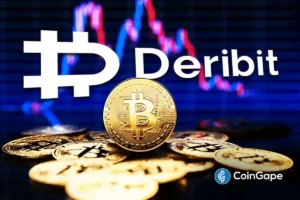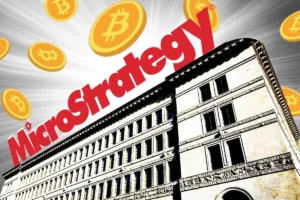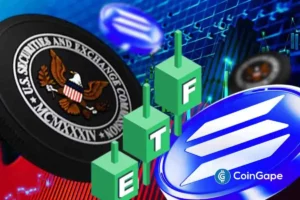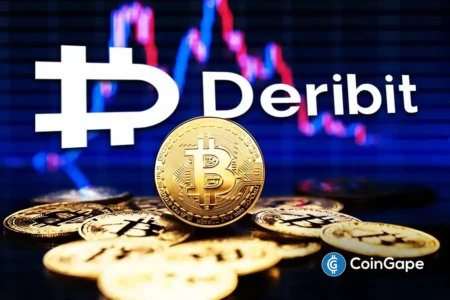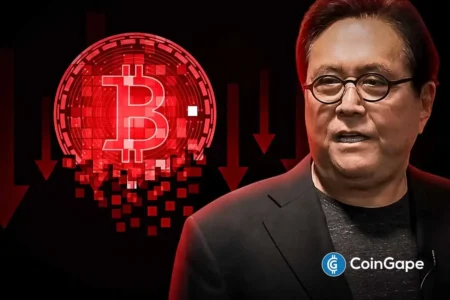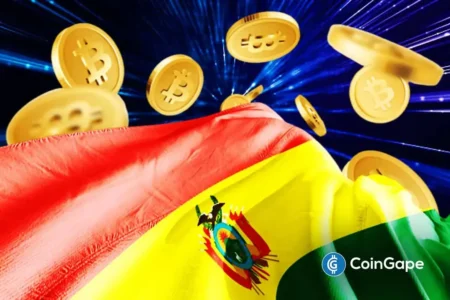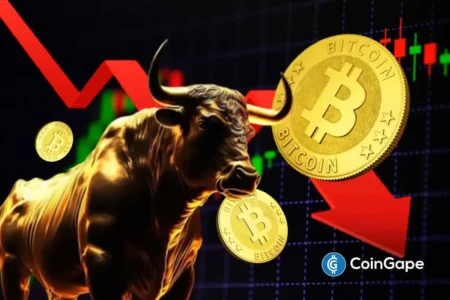Bitcoin: Beyond Gold and Facing New Competition
In the ever-evolving landscape of investments, Hunter Horsley, the CEO of Bitwise, presents a compelling argument regarding Bitcoin’s true competition. While many often compare Bitcoin to gold as a store of value, Horsley delves deeper, suggesting that the real competitors are government-backed bonds, such as U.S. Treasuries and UK gilts. This perspective reshapes our understanding of Bitcoin’s role in the financial ecosystem and highlights its unique features compared to traditional assets.
A New Perspective on Value
Horsley emphasizes that both Bitcoin and gold function as apolitical stores of value. They operate independently from government regulations and monetary policies. This differentiation is significant as it underscores that unlike bonds tied to political decisions, Bitcoin and gold derive their value primarily from market sentiment and investor psychology. As Horsley states, “Bitcoin’s competition is going to end up being U.S. Treasuries and other Government’s Bonds: the ultimate political SOVs.” This assertion drives home the point that real competition for Bitcoin comes from assets deeply embedded in political and monetary frameworks.
The Role of Real Estate
On a retail level, Horsley points out that residential real estate often serves as individuals’ most common store of value. Many people perceive their homes not just as places to live, but as critical investments. This perspective is essential in understanding the broader market dynamics influencing Bitcoin’s adoption. While some investors turn to Bitcoin or gold, many still gravitate toward real estate, especially in a low-interest environment where the demand for physical assets remains high.
Liquidity and Accessibility
One of the standout features of Bitcoin is its high liquidity and accessibility. Unlike gold, which can be cumbersome to buy and sell, Bitcoin transactions are instant, and accessibility is widespread due to digital platforms. This ease of access appeals to modern investors, particularly younger generations who are increasingly tech-savvy. Horsley argues that the practical nature of Bitcoin positions it as a more attractive option than traditional forms of value storage.
Evolving Adoption Barriers
Despite its advantages, Bitcoin faces its share of adoption barriers. While regulatory uncertainty used to dominate the list of challenges, Horsley now highlights institutional fatigue as a major hurdle. Many institutional investors, inundated with various investment opportunities promising high returns, often struggle to focus on Bitcoin. He notes, “Most investors and allocators are very busy… Why do they need to turn their attention to Bitcoin, which for many is still a complicated topic?” This complicates the path to widespread adoption despite a more favorable regulatory landscape.
The “Digital Gold” Label
Horsley also raises concerns about Bitcoin being labeled as “digital gold.” In markets like the U.S., where interest in gold has historically been low, this branding may detract from Bitcoin’s unique potential. Associating Bitcoin too closely with gold might limit its scope, preventing it from showcasing its identity as a distinct asset class. Such misbranding could hinder its acceptance among investors who fail to see the broader implications of what Bitcoin represents in contemporary finance.
Conclusion: A Clearer Future Ahead
As Bitcoin continues to carve out its niche in the financial world, the insights from Hunter Horsley provide a fresh lens through which to view its potential and competition. By identifying government bonds as Bitcoin’s true rivals rather than gold, we move toward understanding how Bitcoin can fit into modern investment strategies. As regulatory clarity improves and the hurdles of institutional fatigue are addressed, Bitcoin has the potential to integrate itself more fully into the broader financial conversation, expanding its adoption across various investor demographics.
In summary, Horsley’s thoughts challenge conventional comparisons and spotlight the unique advantages that Bitcoin offers, setting the stage for further exploration into its future in finance. By recognizing the nuanced competition it faces and the potential misinterpretation of its value, stakeholders can engage more effectively with this transformative digital asset.
